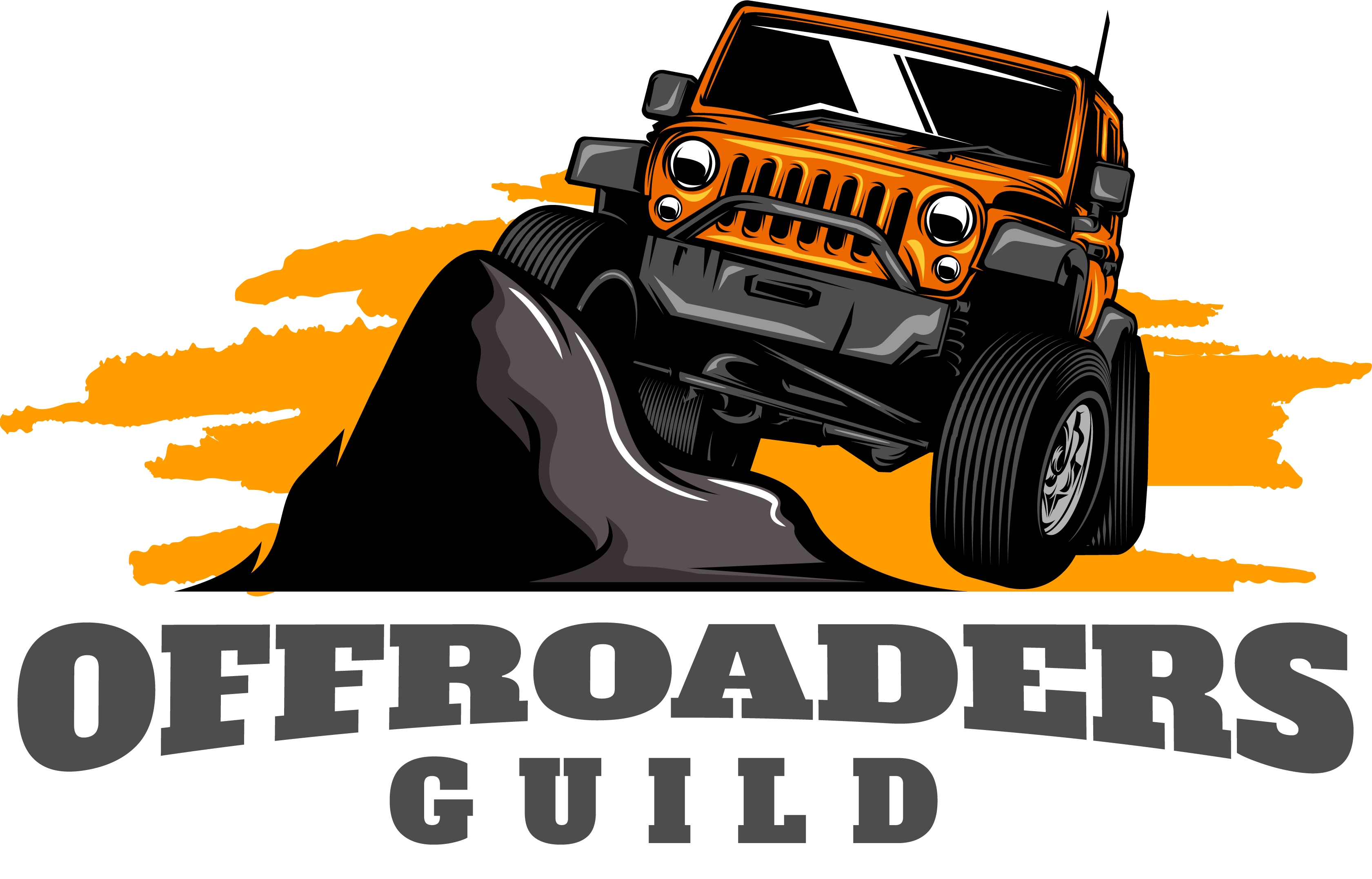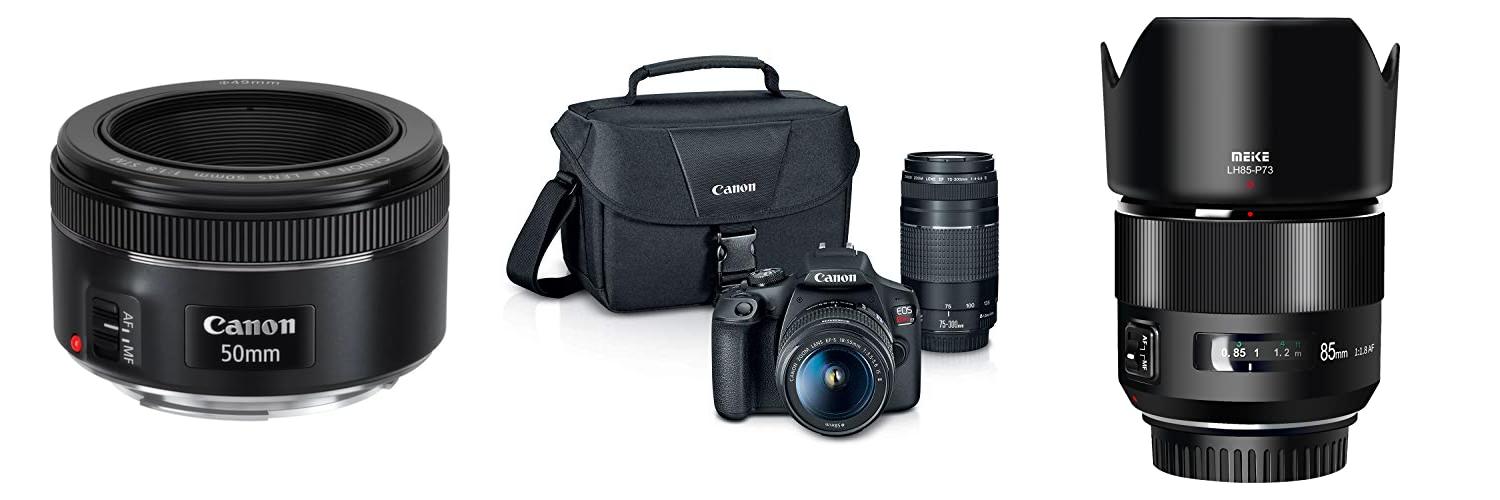Ever seen a shiny car in a magazine and thought, “Wow, how did they get that shot?” Capturing cars in photos is a really cool way to show off their speed and beauty. But, picking the right lens for the job can be tricky. There are many choices out there! You might feel confused about which lens will give you the best results. You might waste money on the wrong gear. Or, you might end up with blurry or dull pictures.
This is where we come in! We’ll help you understand the best Canon lenses for car photography. We’ll talk about what makes a lens good for cars, like how wide or zoomed in it is. You’ll learn about different lenses and why they work well. By the end of this post, you’ll be ready to choose the perfect Canon lens to take amazing car photos. Get ready to level up your photography game!
So, let’s dive into the world of Canon lenses and start taking stunning car pictures. We’ll explore the key features and benefits of each lens. This will help you to make the best choice for your car photography needs. Let’s get started!
Our Top 5 Canon Lens For Car Photography Recommendations at a Glance
Top 5 Canon Lens For Car Photography Detailed Reviews
1. Canon EF 50mm f/1.8 STM Lens
Rating: 9.1/10
The Canon EF 50mm f/1.8 STM lens is a popular choice for photographers. It is a versatile prime lens that can be used for many types of photography. This lens has a 50mm focal length and a wide f/1.8 aperture. This allows it to capture great images in low light. It is perfect for portraits, action shots, and nighttime photography.
What We Like:
- It is great for taking portraits.
- You can use it for action and nighttime photography.
- The wide f/1.8 aperture lets in a lot of light.
- The STM motor makes focusing quiet.
- It has a minimum focusing distance of 1.15 feet.
- It is lightweight and easy to carry.
- The effective focal length is 80mm on APS-C cameras.
What Could Be Improved:
- Some photographers may want more features.
The Canon EF 50mm f/1.8 STM lens is a fantastic lens. It is a great choice for photographers of all levels.
2. Canon EOS Rebel T7 DSLR Camera
Rating: 9.0/10
The Canon EOS Rebel T7 DSLR Camera is a great camera for beginners. This kit includes two lenses: an EF18-55mm lens and an EF 75-300mm lens. The black camera also takes great pictures and videos. It has many cool features to help you take amazing photos. Built-in Wi-Fi and NFC lets you share your pictures easily. You can also use it as a webcam for video calls.
What We Like:
- The camera has a 24.1 Megapixel sensor. This helps take sharp pictures.
- It has improved Dual Pixel CMOS AF and eye detection AF. This helps focus on your subject quickly.
- Built-in Wi-Fi and NFC make it easy to share photos.
- You can use the EOS Utility Webcam Beta Software to turn the camera into a webcam.
- It can record videos in FHD 1080p.
- The camera has a 9-Point AF system and AI Servo AF.
What Could Be Improved:
- The optical viewfinder shows about 95% of the view.
- The ISO range is 100-6400 (H: 12800).
This Canon EOS Rebel T7 is a good choice for anyone learning photography. It is easy to use and takes great pictures. You will have fun using this camera.
3. Meike 85mm F1.8 Full Frame Auto Focus Medium-Telephoto Portrait Lens Compatible with Canon EOS EF Mount Digital SLR Cameras 5D Mark IV 6D Mark II
Rating: 9.1/10
The Meike 85mm F1.8 lens is a great option for photographers. It works with Canon EOS EF mount cameras. This lens is perfect for portraits, landscapes, and more. It has a wide f/1.8 aperture. This helps create beautiful background blur, called bokeh. The lens has a good build quality. It takes sharp and clear pictures. You can even update the lens software using a micro USB cable.
What We Like:
- This 85mm lens is good for portraits.
- The f/1.8 aperture makes the background blurry.
- It takes sharp pictures.
- The lens works with full-frame and APS-C Canon cameras.
- You can update the lens software easily.
What Could Be Improved:
- The build quality is decent, but not top-tier.
If you need a good portrait lens at an affordable price, this Meike lens is a good choice. It’s a great way to take beautiful photos.
4. Altura Photo 58MM Tulip Flower Lens Hood for Canon EOS 77D 80D 90D Rebel T8i T7 T7i T6i T6s T6 SL2 SL3 DSLR Cameras with Canon EF-S 18-55mm f/3.5-5.6 is Lens and Select Nikon Lenses
Rating: 9.1/10
The Altura Photo 58MM Tulip Flower Lens Hood is a handy accessory for your camera. It helps to block unwanted light and protects your lens. This lens hood is designed to work with many Canon and Nikon cameras. It fits lenses with a 58mm thread size. Always check your lens size before you buy it. This is a great way to improve your pictures.
What We Like:
- It blocks sunlight and other light from hitting your lens. This helps prevent glare and lens flare.
- The lens hood protects your lens from scratches and bumps.
- It’s compatible with many Canon and Nikon cameras and lenses.
What Could Be Improved:
- It’s not for wide-angle shots. It can cause dark corners in your pictures if you use it with wide-angle lenses.
- This is a non-reversible hood.
The Altura Photo lens hood is a good buy for photographers. It’s a simple tool that can make a big difference in your photos.
5. Canon RF100-400mm F5.6-8 is USM Black
Rating: 9.4/10
The Canon RF100-400mm F5.6-8 IS USM Black is a telephoto zoom lens. It is designed for Canon’s EOS R series cameras. This lens is compact and lightweight. It offers a versatile zoom range from 100mm to 400mm. It also has an Optical Image Stabilizer to help you take sharp photos. The lens uses Canon’s Nano USM for fast and quiet focusing. This lens is great for taking pictures of things that are far away.
What We Like:
- The lens is small and easy to carry.
- It has a wide zoom range, from 100mm to 400mm.
- The image stabilizer helps reduce blur. You can get up to 5.5 stops of shake correction.
- It can correct up to 6 stops of shake when used with certain cameras.
- It focuses quickly and quietly thanks to Nano USM.
- You can get close to your subject. The minimum focusing distance is 2.89 feet at 200mm.
What Could Be Improved:
- The maximum aperture is f/5.6-8. This means less light can get to the sensor.
This Canon RF lens is a good option for photographers. It is easy to use and has many helpful features. This lens will allow you to capture great images.
Canon Lenses for Car Photography: A Buying Guide
So, you want to take amazing pictures of cars? Cool! You need the right lens. This guide helps you choose the best Canon lens for car photography.
Key Features to Look For
You want a lens that helps you get great shots. Here are some important things to consider:
- Aperture: This is how much light the lens lets in. Look for a low f-number, like f/2.8 or lower. This makes the background blurry and the car sharp. It is called “bokeh”.
- Focal Length: This tells you how wide or close your shot will be.
- Wide-angle lenses (like 16-35mm) are good for showing the whole car and its surroundings.
- Mid-range lenses (like 24-70mm) are versatile. You can use them for many shots.
- Telephoto lenses (like 70-200mm) zoom in on the car. They are great for details and action shots.
- Image Stabilization (IS): This feature helps prevent blurry photos. It is especially useful when shooting handheld.
- Fast Autofocus: Cars move fast! A lens with quick autofocus is very important.
- Weather Sealing: Cars are often outside. Weather sealing protects the lens from rain and dust.
Important Materials
The materials used in the lens affect its quality.
- Glass: Good quality glass makes sharper images. Look for lenses with special types of glass, like Ultra-low Dispersion (UD) or Fluorite elements.
- Build Quality: A well-built lens will last longer. Look for lenses with metal bodies instead of plastic.
Factors that Improve or Reduce Quality
Several things can affect how good your photos look.
- Sharpness: Sharp lenses give you clear, detailed pictures.
- Contrast: Good contrast makes colors pop.
- Lens Coatings: These coatings reduce glare and improve image quality.
- Vignetting: This is when the corners of your photos are darker. High-quality lenses often have less vignetting.
- Chromatic Aberration: This causes colored fringes around objects. Better lenses have less of this problem.
User Experience and Use Cases
Think about how you will use the lens.
- Action Shots: A telephoto lens with fast autofocus is great for photos of cars in motion.
- Static Shots: A wide-angle lens is good for showing off a car’s design.
- Portraits: A lens with a shallow depth of field (low f-number) is great for portraits of the car.
- Events: You might need a versatile lens for car shows.
Frequently Asked Questions
Here are some common questions about Canon lenses for car photography:
Q: What is the best lens for beginners?
A: A 24-70mm f/2.8 lens is a great starting point. It’s versatile and produces excellent results.
Q: Do I need a lens with image stabilization?
A: It helps, especially if you’re shooting handheld. It is important when you don’t have a tripod.
Q: What is aperture and why is it important?
A: Aperture controls how much light enters the lens. A low f-number (like f/2.8) lets in more light, making the background blurry. It is important for getting good shots in low light.
Q: What is focal length?
A: Focal length tells you how wide or zoomed in your shot will be. It is measured in millimeters (mm).
Q: Should I buy a used lens?
A: Yes, you can buy used lenses. Make sure it’s in good condition and works well.
Q: What lens is best for car shows?
A: A 24-70mm or a 24-105mm lens is often a good choice for car shows. They are versatile enough for different types of shots.
Q: How important is weather sealing?
A: It’s very important if you shoot outdoors often. It will help protect your lens.
Q: What is bokeh?
A: Bokeh is the blurry background in a photo. It is created by using a lens with a wide aperture.
Q: What is a prime lens?
A: A prime lens has a fixed focal length. They are often sharper than zoom lenses.
Q: Are expensive lenses always better?
A: Not always. More expensive lenses often have better build quality and image quality. Consider what you need.
In conclusion, every product has unique features and benefits. We hope this review helps you decide if it meets your needs. An informed choice ensures the best experience.
If you have any questions or feedback, please share them in the comments. Your input helps everyone. Thank you for reading.

Hey there, My name is Joe Martin & I’m the author of OffroadersGuild.com. I’ve been hitting the dirt for a while now. I’ve been off-roading in all sorts of vehicles, from Jeeps to trucks and everything in between.
I’ve also built and modified a few off-road vehicles of my own, so I know what works and what doesn’t when it comes to upgrading and modifying off-road vehicles. I started this website to share my experience and help others get the most out of their off-roading adventures. Let’s hit the trails!






